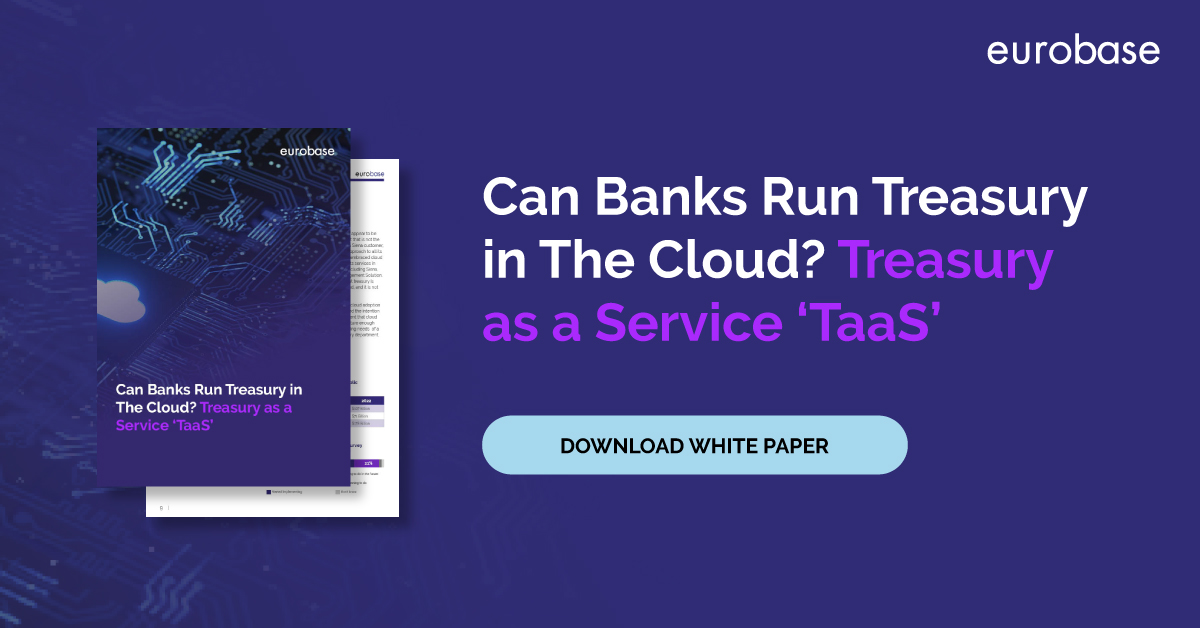Challenger/Neo banks continue to disrupt traditional banking institutions with their digital-first approach and customer-centric offerings. These new entrants to the market leverage innovative technology to deliver a modern banking experience to their customers and are gaining a loyal customer base, and increasing share of the market, as a result.
However, as challenger banks continue to grow and mature, they are finding that they must strike a balance between embracing new technology and exploiting the ‘out of the box’ capabilities and functionality of established software systems. Here's why.
New technology is key to success.
In the highly competitive banking landscape, challenger banks need to leverage new technology to stay ahead of the curve. Technology helps these banks improve customer experience, streamline internal operations, and lower costs.
For instance, challenger banks are using machine learning algorithms to personalise their customer offerings, and they are implementing artificial intelligence (AI) to automate back-office processes. Things are not as simple in the bank’s Treasury, with complex multi-leg transactions making processing more challenging to replicate without significant effort being expended. Managing balance sheet positions, treasury data and functional requirements are a world away from payments and account transfers.
The importance of traditional software solutions
While challenger banks successfully leverage new technology to improve their offerings, our experience working with neo-banks demonstrates their need to embrace the 'out of the box’ experience of traditional software systems. Traditional software solutions have been around for decades and have proven resilient, scalable and secure.
Finding the balance
One approach challenger banks can take is to adopt a hybrid model combining the best of both worlds. This model involves leveraging new technology to improve customer experience and streamline operations while embracing existing treasury management and compliance solutions.
Treasury Management
Treasury management is essential for challenger banks to maintain liquidity, manage financial risks, and ensure their long-term financial stability. However, this requires a robust and reliable treasury management system with a pedigree to handle complex financial transactions and provide real-time financial data to support decision-making. While it's possible to self-build, re-inventing the wheel presents significant risk, we know from experience that the complexity of some transactions can be challenging, why spend time writing code when solutions exist that are tried and tested in treasury and dealing rooms.
Traditional treasury management systems have been designed to ensure financial stability, and to integrate with numerous other systems which have less than standard API’s. As such, challenger banks need to look to the experience, functional and technical breadth of a robust treasury management system that can handle complex transactions and provide accurate financial reporting.
Risk Management
Effective risk management is critical for challenger banks to mitigate financial risks and ensure long-term financial stability. This requires a comprehensive risk management framework that covers credit, market, operational, and reputational risks.
Challenger banks may use new technology such as AI and machine learning to enhance parts of their risk management capabilities. For example, AI algorithms can help to identify potential fraud or money laundering, while machine learning can help to identify credit risk patterns and optimise credit decision-making.
Mainstream risk management systems have been designed to ensure compliance across many regulatory risk regimes. Their vendors provide services with added value, experience and a proven record with Risk Managers and regulators.
Regulatory Compliance
Regulatory compliance is critical to the banking industry, and challenger banks must comply with relevant regulations and standards. This requires a comprehensive compliance framework that covers not only anti-money laundering and data privacy but submissions to regulatory bodies such as ESMA or the FCA for MiFID.
Our experience with MiFID II, EMIR and other regulations has led us to understand the nuances of reporting the same instrument to different repositories. While the documentation is available, its interpretation can mean the difference between a failed and successful submission.
Tried and tested compliance systems have been designed to ensure compliance with complex and sometimes opaque regulatory requirements and to mitigate legal risks.
Balancing the bank
In conclusion, challenger banks should balance embracing new technology with the reliability and security of traditional software systems to ensure effective treasury management, risk management, and regulatory compliance.
